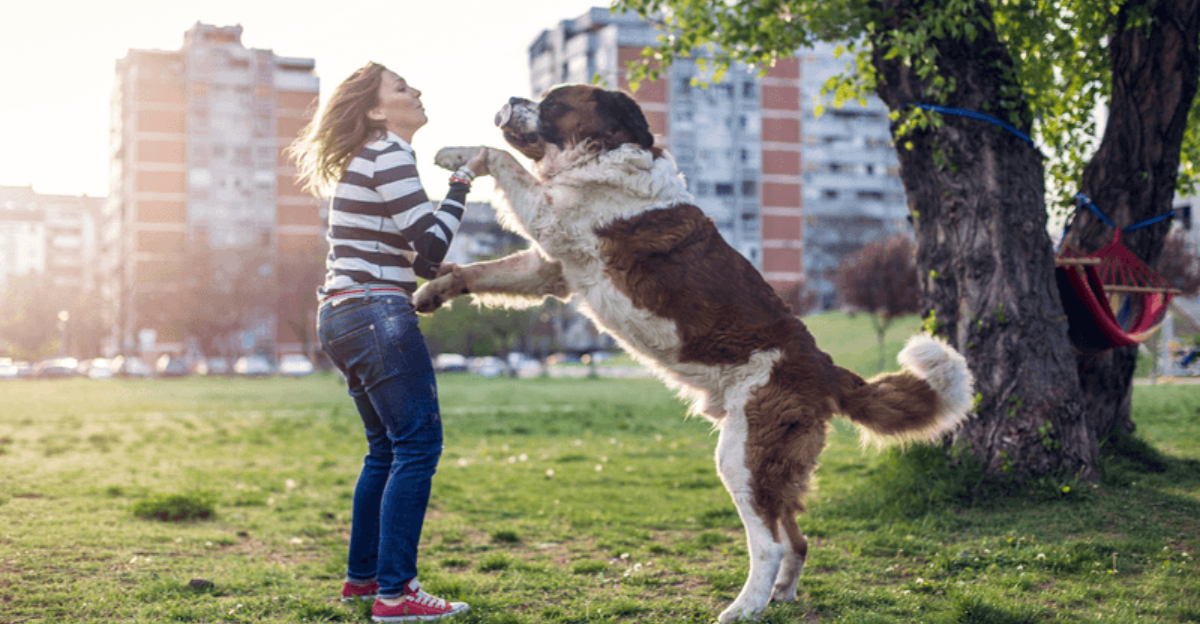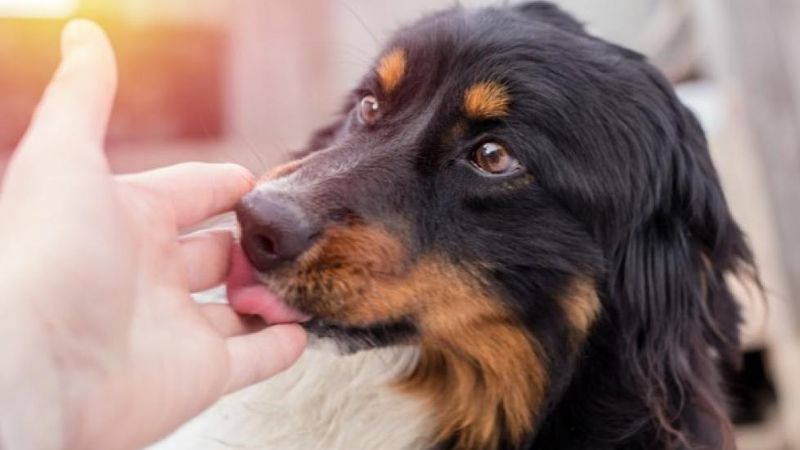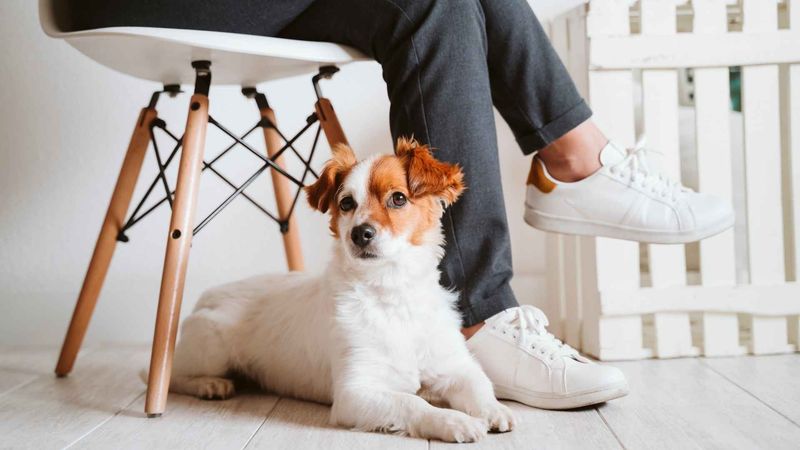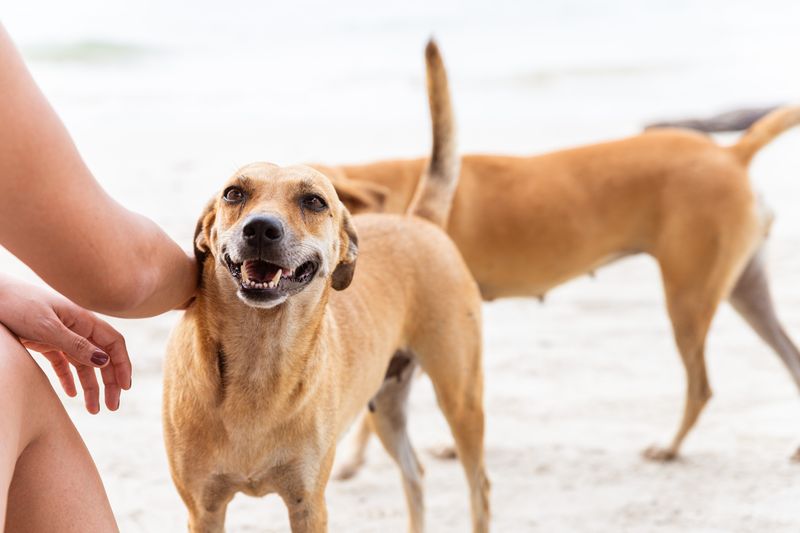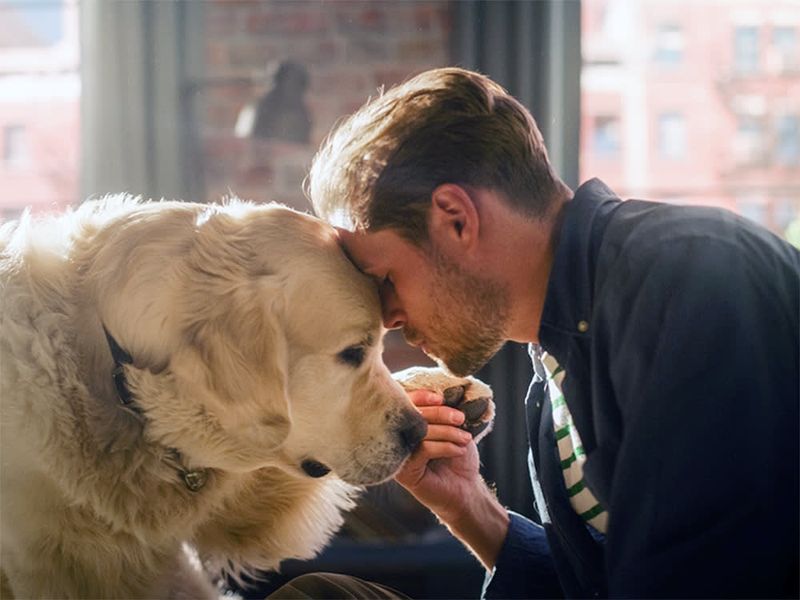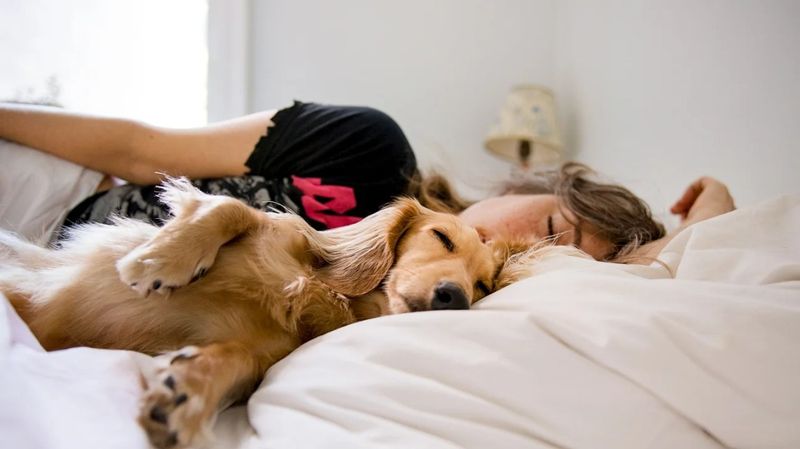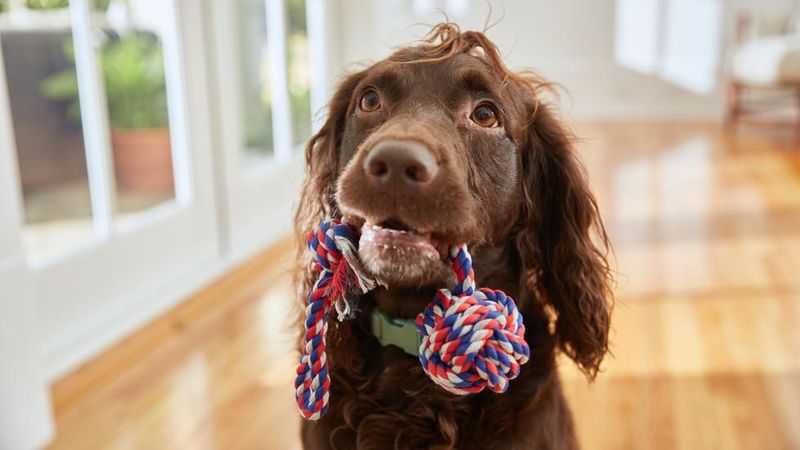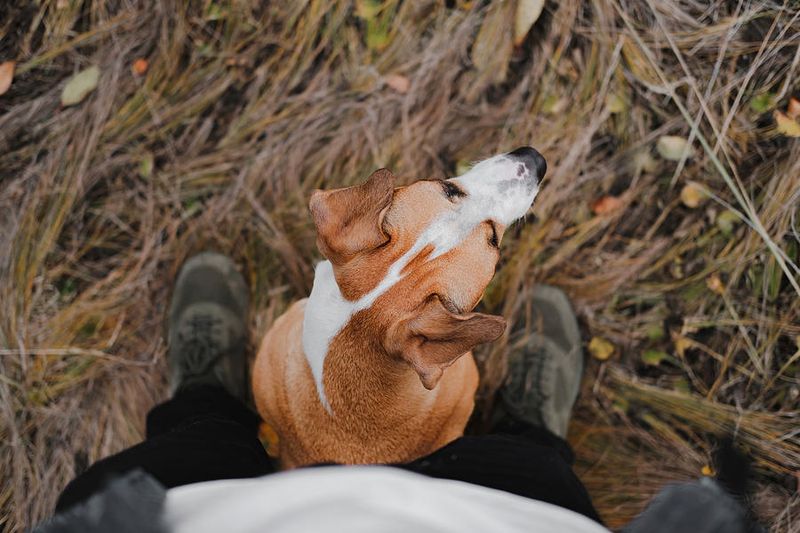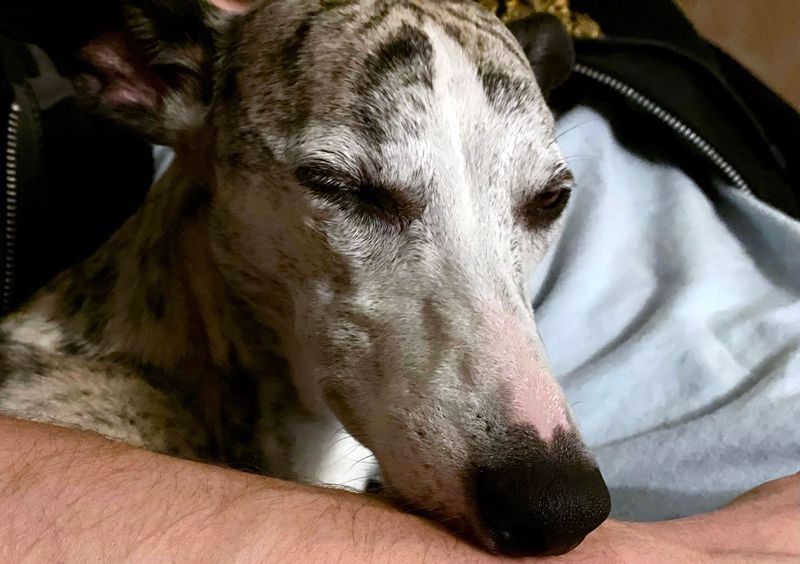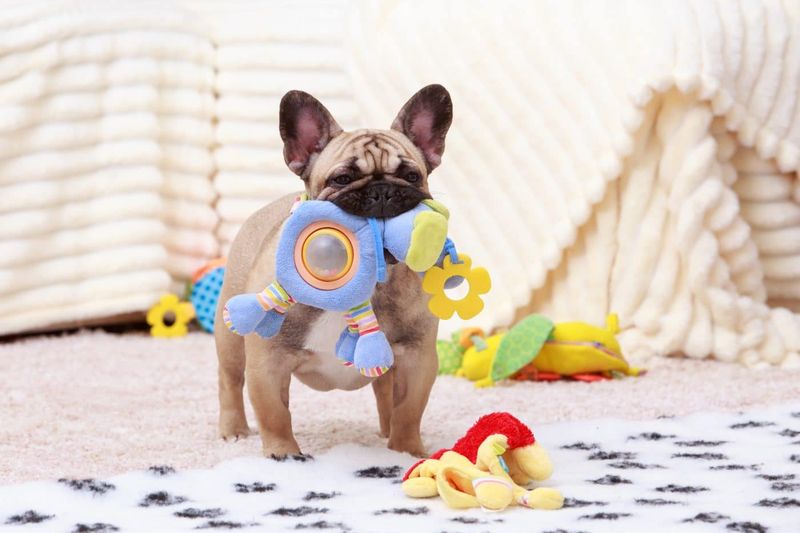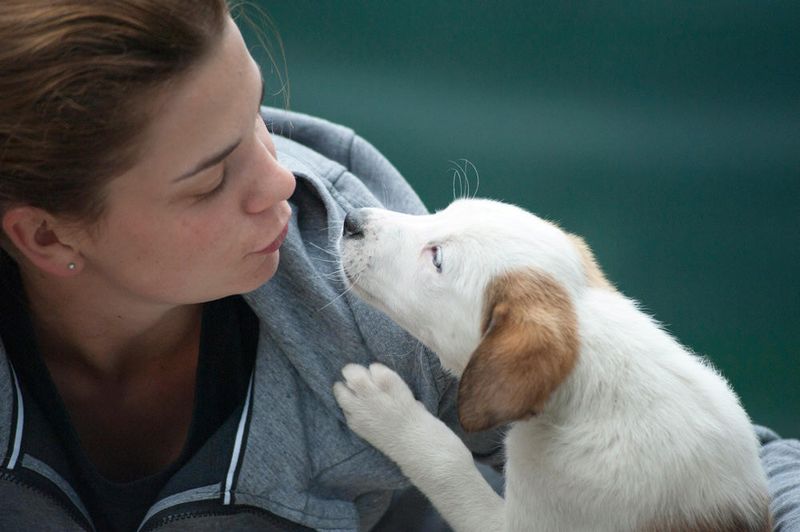Understanding your dog’s behavior is essential in building a strong and genuine relationship. While some actions might seem like signs of love, they may not truly reflect your dog’s affection. Here, we explore five misleading bonding signs to watch out for and nine authentic behaviors that signify a deep connection with your furry friend. This guide will help you differentiate between the two, ensuring that you nurture a real and meaningful bond with your canine companion.
Excessive Licking
Licking can sometimes be mistaken for affection, but it might indicate anxiety or a desire for salt from human skin. Dogs often lick to explore their environment, and it may not be a heartfelt sign of bonding.
If a dog licks excessively, it could signal underlying stress or a need for attention. Observing the context of the licking and the dog’s overall behavior can provide insights. Redirecting this behavior through positive reinforcement can lead to healthier interactions, focusing on genuine expressions of love and connection.
Following Constantly
A loyal shadow, constantly following you around, seems like pure love. However, it might reflect separation anxiety or insecurity rather than true attachment. Dogs may follow to feel safe or because they fear being left alone.
Ensuring your dog feels comfortable when alone is crucial. Gradually teaching them independence while offering positive reinforcement strengthens the bond. Recognizing this behavior as more than mere affection allows for a balanced and trusting relationship.
Pawing for Attention
A gentle paw on your leg may feel like a sweet request for attention, but it can be a learned behavior to gain control. Dogs might use pawing as a way to demand interaction or seek food, not necessarily as a bonding gesture.
Understanding the context can help redefine this behavior. Encouraging alternative methods for seeking attention fosters a more genuine connection, emphasizing communication and mutual respect. Realizing that pawing is not always affectionate ensures the development of a more authentic bond.
Tail Wagging
It seems like a wagging tail is the universal sign of happiness, but it doesn’t always mean affection. Tail wagging can express a range of emotions, from excitement to agitation. Understanding the nuances is key to interpreting your dog’s true feelings.
Observing the tail’s position and speed can offer clues. A slow, relaxed wag might indicate contentment, while a fast, stiff movement could signal distress. Recognizing this helps in accurately understanding your dog’s emotions, fostering a more honest connection.
Leaning Against You
Feeling the weight of a dog leaning into you can be heartwarming, often perceived as a sign of closeness. While sometimes true, it may also indicate a need for reassurance or comfort rather than genuine affection.
Dogs may lean to feel secure, especially in unfamiliar situations. Understanding the context and the dog’s overall demeanor can guide interpretation of this behavior. Encouraging confidence and independence can transform this into a healthier expression of love.
Sleeping in Your Bed
Sharing a bed might feel like the ultimate bonding experience, but it can be more about comfort and warmth than love. Dogs may seek the bed for security, warmth, or simply because it smells like their owner.
While this can be a bonding activity, it doesn’t always indicate deeper affection. Setting boundaries and creating a consistent sleeping routine can promote a well-balanced relationship. Knowing when this behavior is about more than companionship helps foster a true connection.
Bringing Toys as Gifts
When a dog presents you with a toy, it may feel like a symbolic gesture of love. However, this action often signifies a desire to play or engage rather than an act of gifting.
Dogs may bring toys to initiate interaction, showing trust and willingness to share their space. Understanding this can lead to meaningful playtime that strengthens the bond. Recognizing it as an invitation rather than a gift aligns with nurturing a genuine connection.
Jumping in Excitement
A dog jumping up in excitement might seem like a sign of affection, but it’s often a display of high energy or lack of training rather than genuine love. Dogs may jump to greet people, seeking attention or simply out of habit. While the excitement might be endearing, it doesn’t necessarily indicate a deep bond.
Training your dog to greet people calmly can prevent jumping. By teaching alternative behaviors, you foster a more respectful relationship. Identifying this as a fake bonding sign helps focus on nurturing real connections based on trust and understanding.
Sitting on Your Feet
A dog sitting on your feet seems like an affectionate gesture. Still, it may also be a claim of territory or a way to feel secure rather than pure affection. Dogs might choose this position for warmth or dominance.
Understanding this behavior’s true intent helps in developing a more authentic relationship. Encouraging the dog to sit beside you rather than on you fosters mutual respect. Identifying it as a non-bonding sign refines the path to genuine connection.
Eye Contact with Soft Eyes
When dogs hold eye contact with soft eyes, it’s a true sign of trust and love. This gentle gaze indicates comfort and confidence in their human companion. Unlike the intense stare that signals challenge, soft eyes convey genuine connection.
Building trust through regular bonding activities enhances this behavior. Recognizing and reciprocating this loving gaze strengthens the relationship, creating a deeper bond rooted in mutual understanding and respect.
Relaxed Body Language
A dog that exposes its belly or lies with a relaxed body displays trust and comfort. This behavior signifies genuine affection and a strong bond with the owner.
Creating a safe and nurturing environment encourages this relaxed posture. Praise and gentle interaction reinforce this affectionate behavior, fostering a deeper connection rooted in trust and security. Recognizing this as a real bonding sign ensures the nurturing of authentic love and companionship.
Play Bow
The play bow is a delightful invitation to engage in fun and interaction. This joyful posture represents trust and a willingness to connect socially with others, both human and canine.
Responding positively to this signal strengthens the bond, as it encourages healthy play and interaction. Recognizing the play bow as a genuine expression of affection helps solidify the connection, building a relationship enriched by joy and companionship.
Bringing You Their Favorite Toy
When a dog brings you their favorite toy, it’s a true symbol of love and trust. This gesture goes beyond wanting to play; it shows their willingness to share something precious with you.
Acknowledging this offering strengthens the bond, reflecting mutual respect and affection. Engaging in play using their cherished toy fosters an environment of trust and happiness, enriching the connection through shared joy. Recognizing this as a real bonding sign enhances the relationship’s authenticity.
Soft Nuzzling
Soft nuzzling is a tender indication of affection and attachment. When a dog nuzzles you gently, it expresses a desire for closeness and reassurance. This soothing gesture reflects comfort and security in your presence.
Responding with warmth and gentle petting reinforces this bond, creating a harmonious relationship filled with trust. Recognizing nuzzling as a sincere sign of love nurtures an authentic connection, allowing both to thrive in companionship and understanding.
